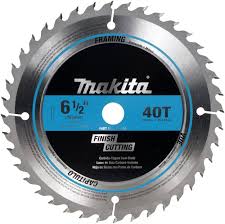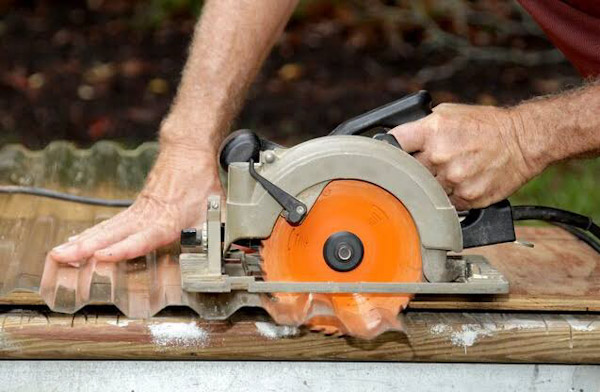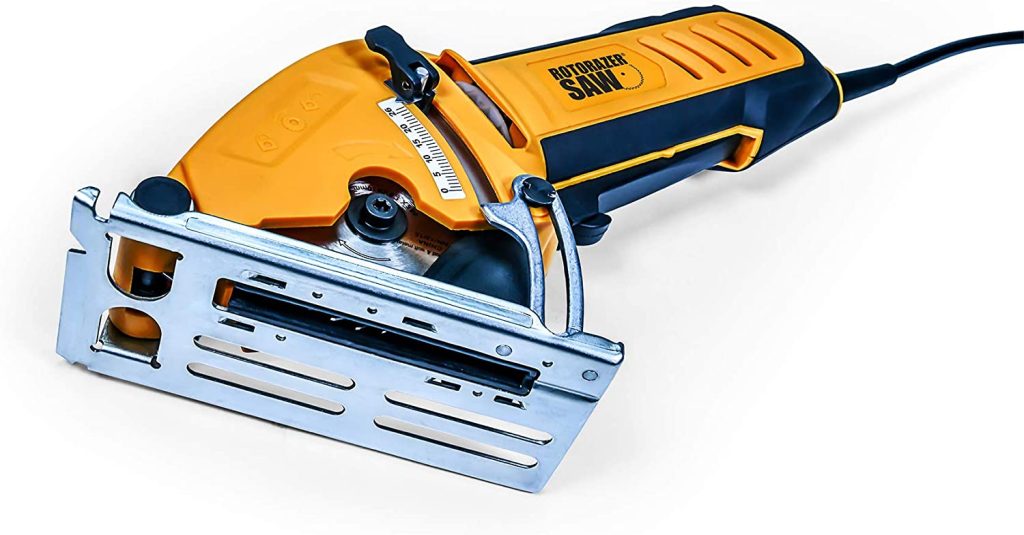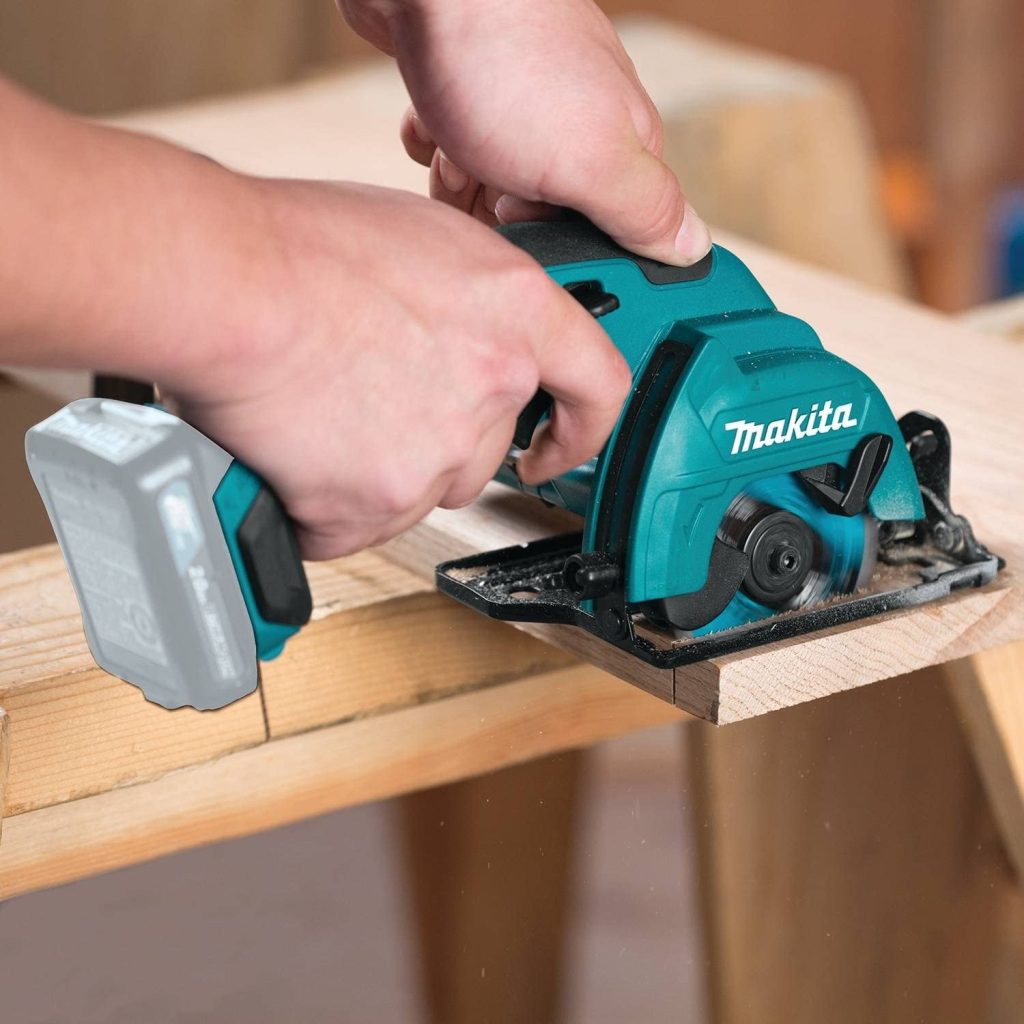Cutting fiberglass with a circular saw can be a daunting task if you don’t have the right blade. So, Circular saw blade is necessary. The abrasive nature of fiberglass can quickly dull or damage a standard woodcutting blade.
To help you make an informed decision, we’ve compiled a list of the top 5 circular saw blades specifically designed for cutting fiberglass.
Understanding the Challenge of Cutting Fiberglass
Fiberglass is a composite material known for its strength and durability, but it can be challenging to cut. Its abrasive nature can quickly wear down standard saw blades, leading to poor cuts, increased friction, and even blade breakage. To overcome these challenges, a specialized blade is required.
Key Factors to Consider When Choosing a Fiberglass Cutting Blade
- Tooth Design: Blades with a higher number of teeth and alternating bevels are generally better for cutting fiberglass as they create smoother cuts and reduce chipping.
- Material: Carbide-tipped blades are the preferred choice for fiberglass as they offer superior durability and resistance to wear.
- Thickness: The blade’s thickness should be appropriate for the thickness of the fiberglass material you’re cutting.
- Diameter: Ensure the blade diameter matches your circular saw’s specifications.
Top 5 Circular Saw Blades for Cutting Fiberglass
Here are the top 5 Circular Saw Blades for cutting fiberglass in 2024 and beyond.
Diablo D1210T Carbide Tipped Circular Saw Blade:

Diablo D1210T Carbide Tipped Circular Saw Blade
- Designed specifically for cutting fiberglass, aluminum, and plastics.
- Features carbide-tipped teeth for long life and aggressive cutting.
- Offers smooth cuts with minimal chipping.
DeWalt DW3123 Carbide Tipped Circular Saw Blade:

- Built for tough materials like fiberglass, aluminum, and non-ferrous metals.
- Features a thin kerf design for faster cutting and reduced material waste.
- Offers excellent durability and performance.
Bosch Carbide Tipped Circular Saw Blade:

Bosch Carbide Tipped Circular Saw Blade
- Versatile blade suitable for cutting fiberglass, wood, and plastics.
- Provides clean cuts with minimal splintering.
- Offers good value for money.
Freud Diablo D1209T Carbide Tipped Circular Saw Blade:

- Designed for aggressive cutting of fiberglass and other composite materials.
- Features a high tooth count for smooth cuts.
- Offers excellent durability and performance.
Makita B-10F02 Carbide Tipped Circular Saw Blade:

Makita B-10F02 Carbide Tipped Circular Saw Blade
- Ideal for cutting fiberglass, plastics, and non-ferrous metals.
- Provides clean cuts with reduced chipping.
- Offers good value for money.
Additional Tips for Cutting Fiberglass
- Wear protective gear: Always wear safety glasses, gloves, and a dust mask when cutting fiberglass.
- Clamp the material: Securely clamp the fiberglass to prevent movement and ensure a straight cut.
- Use a slow, steady feed rate: Avoid forcing the blade through the material, as this can lead to premature wear.
- Cool the blade: Allow the blade to cool down periodically to prevent overheating and damage.
By selecting the right circular saw blade and following these tips, you can safely and efficiently cut through fiberglass for your project.
Cutting fiberglass by circular saw blade
Cutting fiberglass can be a daunting task, particularly for those unfamiliar with the unique properties of this composite material. Fiberglass, composed of fine glass fibers embedded in a resin matrix, is celebrated for its strength and lightweight characteristics.
However, its cutting requires specialized techniques to ensure precision and minimize damage to the material. One of the most effective tools for this purpose is a circular saw equipped with the appropriate blade
Use a fine-toothed blade for cleaner cuts in fiberglass materials.
When working with fiberglass materials, achieving clean and precise cuts is essential to maintain the integrity and appearance of the finished product. Utilizing a fine-toothed blade is crucial, as it minimizes fraying and ensures a smooth edge.
Blades specifically designed for cutting fiberglass feature closely spaced teeth that slice through the material more effectively, reducing the risk of damaging the resin and fibers.
This attention to blade selection not only enhances the quality of the cut but also improves the overall efficiency of the cutting process.
In addition to choosing the right blade, it is important to operate at an appropriate cutting speed. Slower speeds allow for better control and reduce the heat generated during the cutting process, which can lead to melting or delamination of the fiberglass.
By combining a fine-toothed blade with careful cutting techniques, professionals can achieve superior results, making it easier to fit pieces together seamlessly and ensuring the durability of the assembly.
Wear protective gear to ensure safety while cutting fiberglass.
Ensuring personal safety while handling fiberglass is paramount, as the cutting process can release fine particles and irritants into the air. Workers should don appropriate protective gear, including safety goggles, a dust mask or respirator, and gloves, to guard against inhalation of fiberglass dust and potential skin irritation.
The use of a long-sleeved shirt and full-length pants is advisable to protect against skin contact, while a work apron can provide an additional barrier.
By prioritizing safety measures, individuals can minimize health risks and maintain a secure working environment.
Additionally, proper workspace ventilation is crucial during fiberglass cutting operations. Adequate airflow helps to disperse airborne particles, further reducing the risk of respiratory issues associated with inhaling fiberglass dust.
Implementing these safety precautions not only protects the individual but also contributes to a more efficient and focused work process, allowing for higher quality outcomes in fiberglass projects.
Adhering to recommended safety practices ensures that the cutting process remains both effective and secure.
Maintain a steady speed for consistent cutting performance.
Achieving consistent cutting performance requires the maintenance of a steady speed throughout the cutting process. This approach minimizes the risk of overheating, which can lead to material distortion or premature wear on the cutting blade.
By keeping a uniform pace, the operator ensures that the cutting edge engages the material consistently, yielding cleaner edges and reducing the likelihood of chipping or fraying the fiberglass.
Furthermore, a steady speed aids in effective dust management, as it allows for more precise control over the generated debris, enhancing both visibility and safety during operations.
In addition to promoting a higher quality cut, maintaining a steady speed optimizes the overall efficiency of the task. Operators can avoid unnecessary interruptions that may arise from fluctuating speeds, leading to smoother workflow and productivity.
Additionally, this practice helps to conserve energy and prolong the lifespan of the equipment, as erratic cutting can strain both the blade and the saw. Therefore, focusing on speed consistency not only improves the quality of the cut but also contributes to a more efficient and safer work environment.
Keep the work area well-ventilated during fiberglass cutting.
Proper ventilation is critical when working with fiberglass materials, particularly during cutting operations. The process generates fine dust particles and releases fumes that can pose health risks if inhaled.
Ensuring that the work area is well-ventilated allows for the effective dispersal of these harmful substances, significantly reducing the likelihood of respiratory issues among workers.
Utilizing exhaust fans, opening windows, and employing air filtration systems are effective strategies to maintain good air quality, fostering a safer work environment.
Moreover, a well-ventilated workspace enhances overall productivity by preventing the buildup of irritants that could distract or discomfort the operator.
When the air is clear and fresh, the focus can remain on precision cutting rather than the discomfort caused by dust or fumes.
This attention to air quality not only safeguards worker health but also ensures that the cutting process is efficient and effective, minimizing downtime and maximizing output.
Clean the blade regularly to prevent material buildup.
Regular maintenance of cutting tools is essential for achieving optimal performance and prolonging their lifespan. Accumulation of materials on the blade can lead to decreased cutting efficiency, resulting in rough edges and uneven cuts.
This buildup may also cause the blade to overheat, which not only affects the quality of the cut but also increases the risk of blade damage or failure.
By establishing a routine for cleaning the blade, operators can ensure consistent cutting results and minimize the likelihood of operational disruptions.
Incorporating a cleaning regimen not only enhances the performance of the blade but also contributes to safer working conditions.
A clean blade reduces the risk of kickback and other hazards associated with a poorly functioning cutting tool.
Operators should be mindful of the type of debris accumulated and use appropriate cleaning methods to remove it without damaging the blade.
Regular inspection and maintenance of cutting tools are integral to maintaining productivity and ensuring a safe work environment when handling composite materials.
Conclusion :
In conclusion, cutting fiberglass with a circular saw blade can be an effective method when done with the right precautions and techniques. By selecting the appropriate blade type, ensuring proper safety measures, and maintaining a steady cutting speed, one can achieve clean and precise cuts while minimizing the risk of damage or injury.
Understanding the unique properties of fiberglass and how they interact with cutting tools is essential for any professional or DIY enthusiast looking to work with this versatile material. With the right approach, cutting fiberglass can be a seamless task, allowing for successful project completion and superior results.
Disclaimer:
The information provided in this article is for general guidance only and does not constitute professional advice. Always follow the manufacturer’s instructions and safety guidelines when using power tools.
Would you like to know more about any specific brand or model of circular saw blade? Read our next blog.



